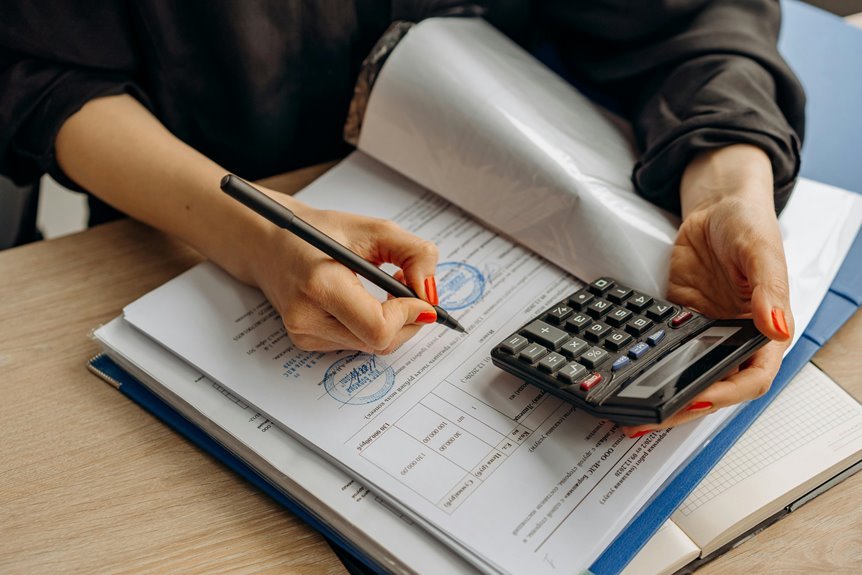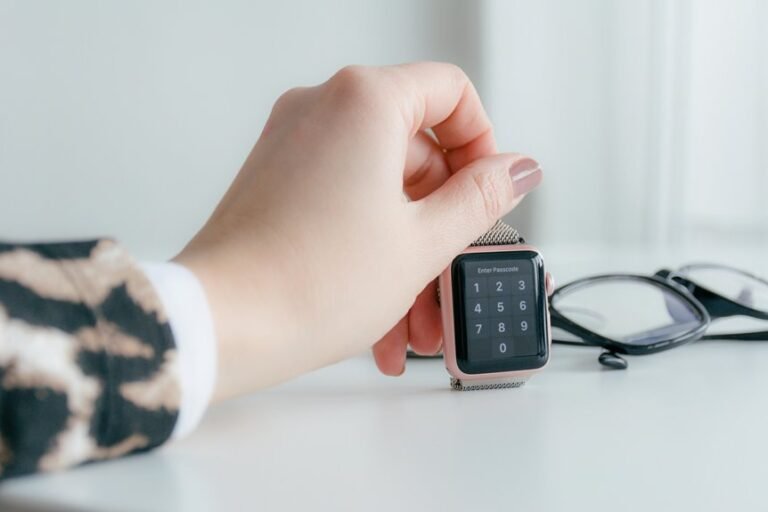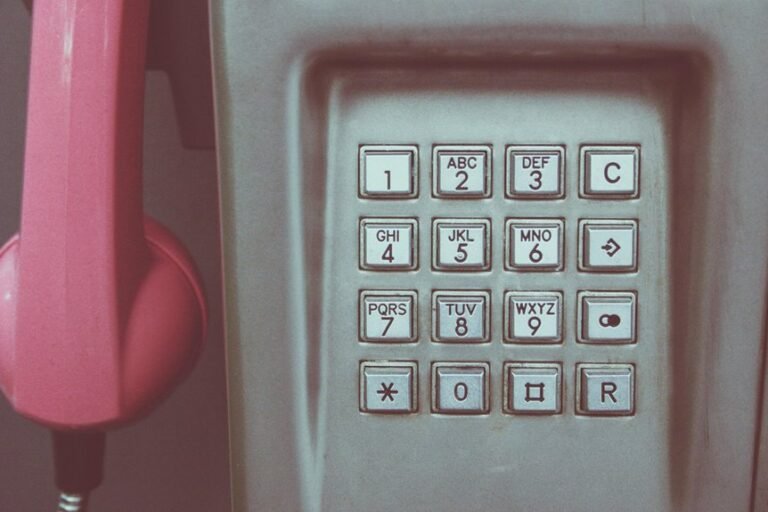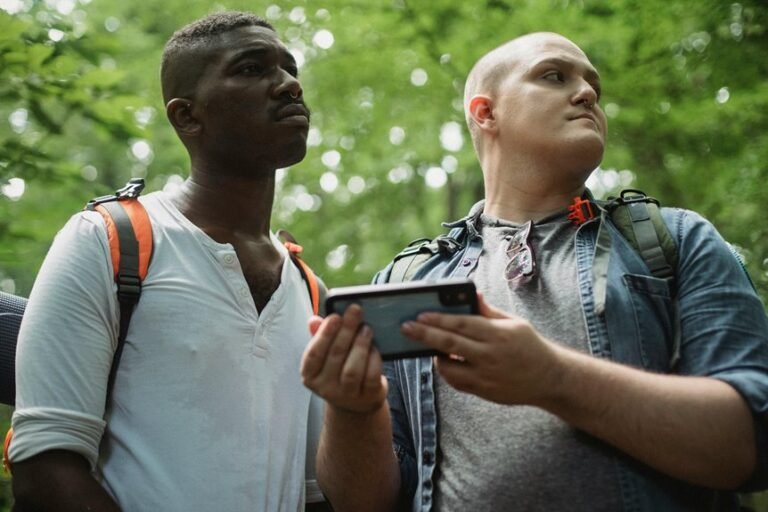Who Called Me From 2502209184, 2504100485, 2505074212, 2507703120, 2509991360, and 2509998820? Verify Now

The numbers 2502209184, 2504100485, 2505074212, 2507703120, 2509991360, and 2509998820 have prompted many inquiries regarding their origins. Identifying the callers behind these digits is crucial for assessing potential risks or legitimate communications. Various tools and resources exist to aid in this process. Understanding the significance of these calls may reveal unexpected insights, leading to practical steps for effective communication management.
Identifying the Callers: What You Need to Know
How can individuals effectively identify unknown callers? Analyzing caller location and call frequency is essential.
Utilizing caller ID applications can provide geographical context and historical data on the number’s activity. Cross-referencing with online databases enhances the identification process, empowering individuals to discern potential spam or legitimate inquiries.
This analytical approach fosters informed decision-making, promoting autonomy in managing unsolicited communications.
Tips for Handling Unknown Calls
A variety of strategies exist for effectively handling unknown calls. Individuals may block unknown numbers to prevent disturbances.
Additionally, using call apps can enhance caller identification, providing users with information on potential spam or telemarketers.
These methods empower individuals, allowing them to maintain control over their communication and reduce unwanted interruptions, ultimately promoting a sense of freedom in their phone interactions.
Resources for Caller Identification
Blocking unwanted calls and utilizing call apps are effective methods for managing unknown numbers, but accessing reliable resources for caller identification can provide deeper insights into these calls.
Caller lookup services and comprehensive phone directories are crucial tools for individuals seeking to discern the legitimacy of unknown numbers.
These resources empower users, enabling informed decisions while preserving their autonomy in communication.
Conclusion
In an age where technology promises connectivity, it seems ironic that many still grapple with the uncertainty of unknown callers. The numbers 2502209184, 2504100485, 2505074212, 2507703120, 2509991360, and 2509998820 serve as a reminder that not all communication is trustworthy. While caller ID applications and online databases offer potential clarity, they can also mask deception. Thus, the quest for genuine connection in a sea of anonymity continues, leaving individuals to navigate the murky waters of modern communication.





